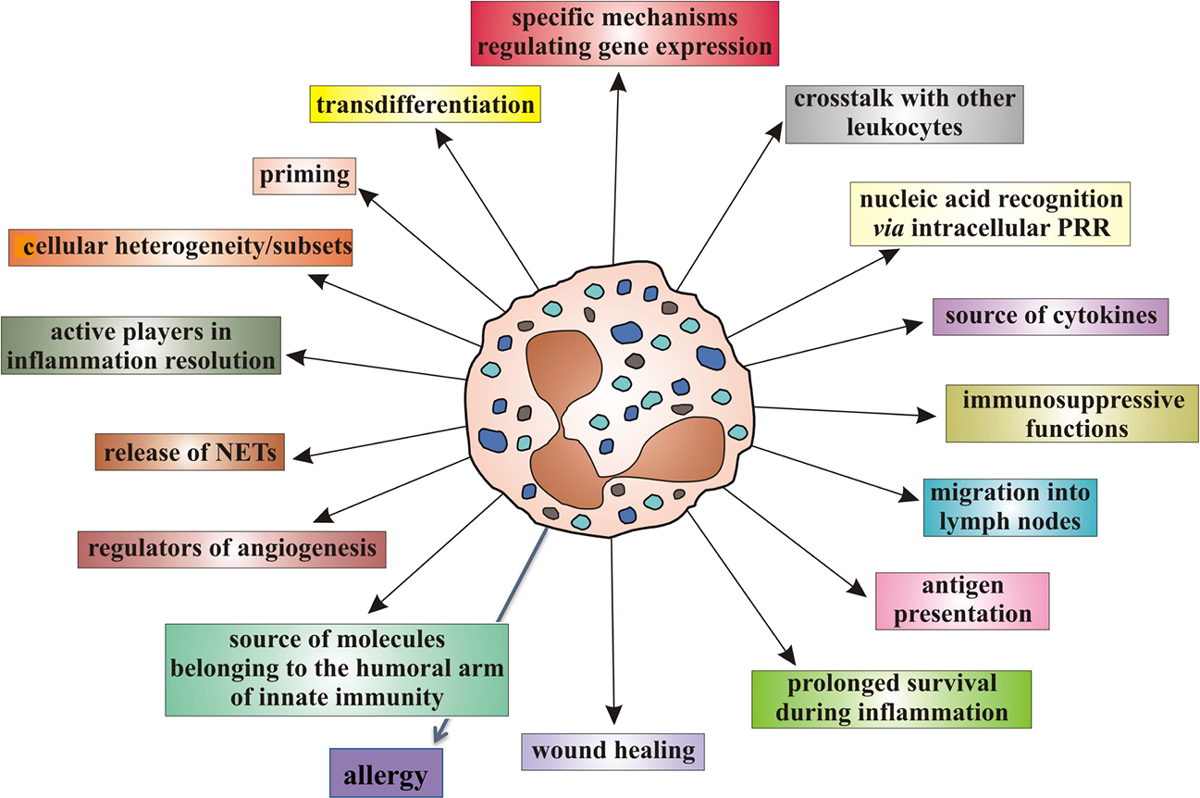Review Of Methods Used By Chiropractors To Determine The Site For Applying Manipulation
SOURCE: Chiropractic & Manual Therapies 2013 (Oct 21); 21 (1): 36
John J Triano, Brian Budgell, Angela Bagnulo,
Benjamin Roffey, Thomas Bergmann, Robert Cooperstein,
Brian Gleberzon, Christopher Good, Jacquelyn Perron
and Rodger Tepe
Canadian Memorial Chiropractic College,
6100 Leslie St,
Toronto, Ontario, Canada.
jtriano@cmcc.ca
BACKGROUND: With the development of increasing evidence for the use of manipulation in the management of musculoskeletal conditions, there is growing interest in identifying the appropriate indications for care. Recently, attempts have been made to develop clinical prediction rules, however the validity of these clinical prediction rules remains unclear and their impact on care delivery has yet to be established. The current study was designed to evaluate the literature on the validity and reliability of the more common methods used by doctors of chiropractic to inform the choice of the site at which to apply spinal manipulation.
METHODS: Structured searches were conducted in Medline, PubMed, CINAHL and ICL, supported by hand searches of archives, to identify studies of the diagnostic reliability and validity of common methods used to identify the site of treatment application. To be included, studies were to present original data from studies of human subjects and be designed to address the region or location of care delivery. Only English language manuscripts from peer-reviewed journals were included. The quality of evidence was ranked using QUADAS for validity and QAREL for reliability, as appropriate. Data were extracted and synthesized, and were evaluated in terms of strength of evidence and the degree to which the evidence was favourable for clinical use of the method under investigation.
RESULTS: A total of 2594 titles were screened from which 201 articles met all inclusion criteria. The spectrum of manuscript quality was quite broad, as was the degree to which the evidence favoured clinical application of the diagnostic methods reviewed. The most convincing favourable evidence was for methods which confirmed or provoked pain at a specific spinal segmental level or region. There was also high quality evidence supporting the use, with limitations, of static and motion palpation, and measures of leg length inequality. Evidence of mixed quality supported the use, with limitations, of postural evaluation. The evidence was unclear on the applicability of measures of stiffness and the use of spinal x-rays. The evidence was of mixed quality, but unfavourable for the use of manual muscle testing, skin conductance, surface electromyography and skin temperature measurement.
There are more articles like this @ our:
CONCLUSIONS: A considerable range of methods is in use for determining where in the spine to administer spinal manipulation. The currently published evidence falls across a spectrum ranging from strongly favourable to strongly unfavourable in regard to using these methods. In general, the stronger and more favourable evidence is for those procedures which take a direct measure of the presumptive site of care- methods involving pain provocation upon palpation or localized tissue examination. Procedures which involve some indirect assessment for identifying the manipulable lesion of the spine-such as skin conductance or thermography-tend not to be supported by the available evidence.
From the FULL TEXT Article
Background
The primary focus of chiropractic practice is the evaluation and management of disorders of the neuromusculoskeletal system. Treatment of these disorders includes manual manipulation procedures directed toward normalizing alterations of the locomotor system [1]. With increasing evidence of clinical benefit for spinal manipulation (for example, see Gross et al. [2]; Rubinstein et al. [3]; Bronfort et al. [4]), there is growing interest in identifying the appropriate indications for localizing the site of care.
Patient evaluation can be viewed as a sequence of procedures designed to progressively narrow the focus of attention, first to region then local site and, sometimes, tissue. In the ideal circumstance, the clinical value of a test or maneuver is based more on the health consequences from using it rather than on its accuracy alone [5]. In the case of the spine, however, over 90% of complaints have been categorized as a heterogeneous grouping which might be termed “non-specific” spinal pain [6]. An additional 5% to 9% are attributed to neurological deficits referable to the spine. Currently, there is no consensus on the mechanism(s) or identity of the pain generators of non-specific spinal pain. Even the validity and impact on care delivery of recent clinical prediction rules remain uncertain [7]. Consequently, there is no gold standard for diagnosis, in the traditional sense. A more pragmatic concept, the clinically important manipulable or functional spinal lesion, has emerged that recognizes the heterogeneous clinical manifestations from local tissue strains and altered neuromotor control [8, 9] seen in these patients.
Read the rest of this Full Text article now!





Leave A Comment